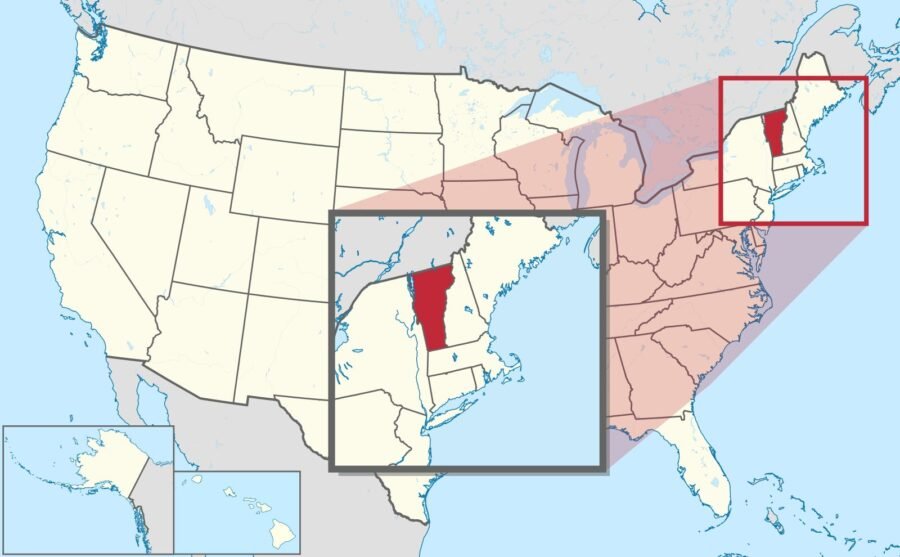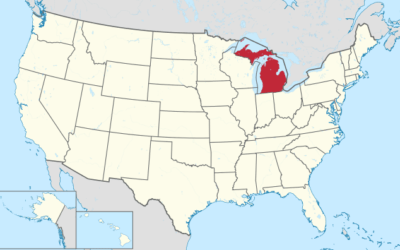Vermont Prisons: An In-Depth Look
Welcome to Vermont, where the incarceration rate stands at 245 per 100,000 residents. This figure highlights a pressing issue in a state with rich history and scenic beauty. With around 1,500 individuals making up the prison population, Vermont faces unique challenges. The Department of Corrections oversees a complex system, juggling issues like housing insecurity and mental illness. Imagine the impact of the opioid crisis and rising bail costs.
Interestingly, people serving life sentences have increased, with 174 individuals currently affected. The Americans with Disabilities Act calls for improved conditions for inmates with disabilities. These changes aim to ensure fair treatment for everyone, promoting rehabilitation and community reintegration. Let’s explore how Vermont addresses these challenges in its regional correctional facilities.
Vermont’s Prison Population: Key Statistics
When exploring Vermont’s prison statistics, it’s clear that the numbers are substantial. With 1,500 incarcerated individuals, the Vermont Department faces significant challenges. The justice department oversees a population where policy shifts, like increased bail usage, have influenced trends. Yet, a 30% decrease since 2009 shows progress.
Racial disparities persist, reflecting broader national issues. Meanwhile, people serving life sentences are notably high, with many over the age of 50. Addressing inmate needs, particularly those with disabilities, is a priority. The Department of Corrections is enhancing accessibility, adhering to the Disabilities Act requirements.
In these regional correctional facilities, the goal is not just containment but rehabilitation. Perhaps it’s time for Vermont to consider alternatives. Lawmakers are already planning improvements, as seen in discussions on replacing a women’s prison here. How will these efforts shape Vermont’s future?

Five Factors Contributing to Incarceration Rates
The aspects influencing Vermont’s prison population are multifaceted. Policy shifts, like the intermediate sanctions program, have altered incarceration dynamics. Housing insecurity significantly adds to this issue, pushing many into the system. Mental illness remains a major factor, often untreated due to a lack of resources.
Moreover, the opioid crisis has created a cycle of dependency and imprisonment. The heavy reliance on incarceration over community solutions is a critical concern. The Vermont Department is under pressure to find better alternatives. The Department of Corrections must balance containment and rehabilitation while addressing the needs of inmates with disabilities.
The Americans with Disabilities Act ensures these needs aren’t overlooked. It’s a tightrope walk, isn’t it? The civil rights division keeps a keen eye on compliance, ensuring fairness in every regional correctional facility. Life sentences are another puzzle, with many still serving life.
Racial Disparities in Vermont Incarceration
Exploring the racial disparities in Vermont’s prisons, we see alarming trends. The state’s prison population reveals an overrepresentation of people of color. Only about 1% of Vermont’s population is Black, yet their incarceration rate is disproportionately high.
This mirrors a troubling national pattern. The justice department acknowledges these inequities, but resolving them proves challenging. The Vermont Department of Corrections faces scrutiny over this racial imbalance. They must address these disparities while meeting the needs of inmates.
The civil rights division actively monitors these developments, ensuring compliance with federal regulations. Meanwhile, life sentences are under the microscope, with many over 50 still serving life sentences. This issue further complicates the prison system’s dynamics.
Amidst these challenges, the Department of Corrections must also focus on the needs of inmates with disabilities, guided by the Americans with Disabilities Act. Their mission is complex but critical. For more comprehensive insights, the Vermont project planning for a women’s prison replacement can be found here.

Life Sentences and Long-Term Incarceration Issues
Examining the increasing prevalence of lengthy terms in Vermont prisons reveals critical issues. With 174 individuals currently serving life sentences, many over age 50, questions about justice and age arise. These extended sentences often lack benefit to public safety, sparking debates about reform.
Despite these challenges, the justice department continues to grapple with these complex dynamics. Meanwhile, inmates remain central to discussions about reform. Providing support to inmates with disabilities is crucial and legally mandated under the Americans with Disabilities Act. The civil rights division plays a role in ensuring these mandates are met.

Addressing Inmate Needs: Disabilities and Beyond
Addressing the diverse needs of those within Vermont prisons, especially regarding disabilities, remains a critical focus. Compliance with the Americans with Disabilities Act is mandatory, necessitating facility upgrades and communication aids. Yet, it’s not just about physical changes; it’s about empowering people serving Vermont to lead fulfilling lives post-incarceration. Ensuring the well-being of the prison population involves more than meeting legal requirements. It’s about crafting a supportive environment, allowing for growth and rehabilitation.
Justice department efforts could benefit from prioritizing holistic care, addressing mental and physical needs. The civil rights division ensures compliance, while community partnerships can enrich support networks. For those serving life sentences, meaningful engagements are crucial. Rehabilitation goes beyond bricks and mortar, touching on dignity and respect. Let’s make prisons places of transformation, not just containment. This journey requires all hands on deck.




0 Comments